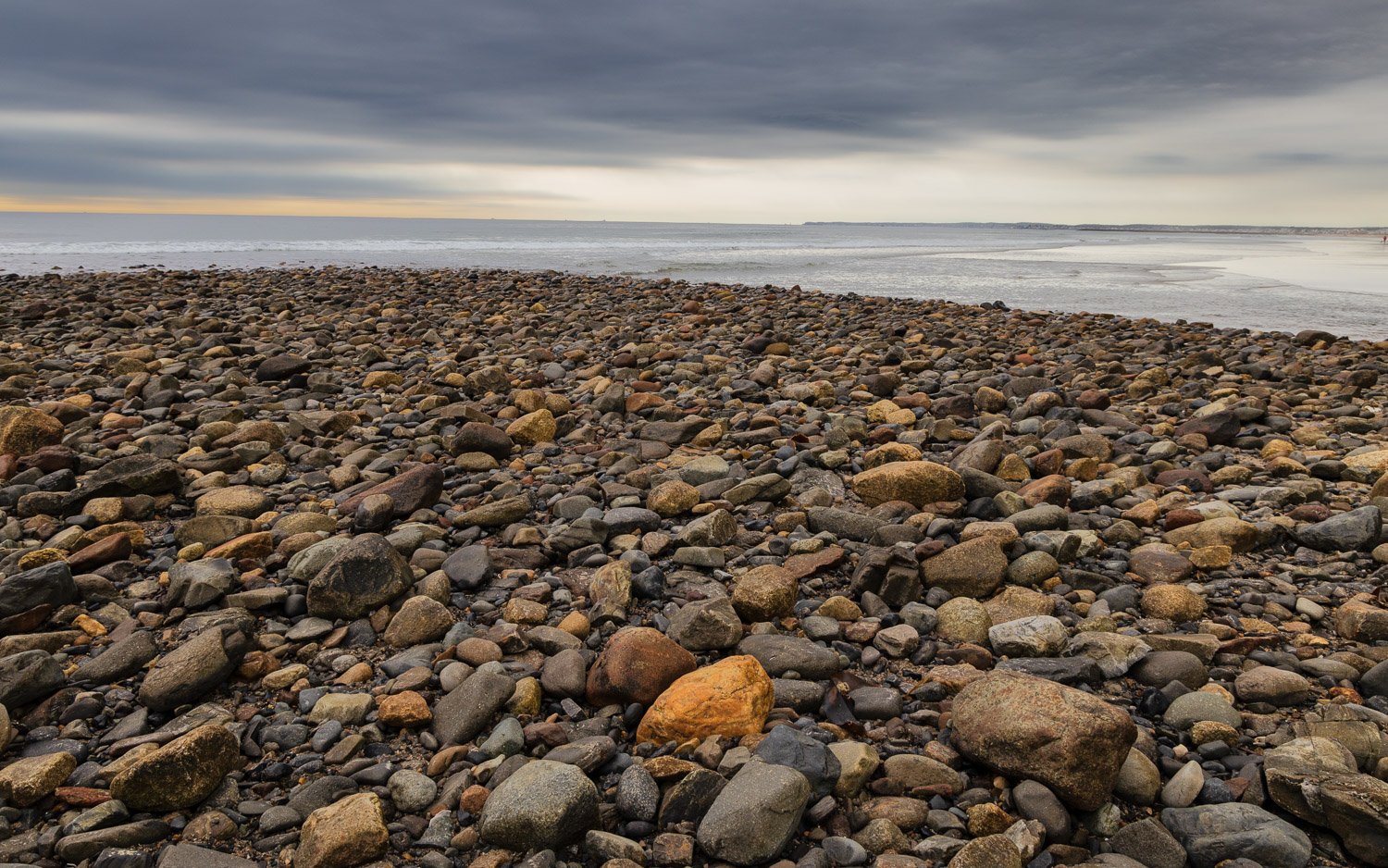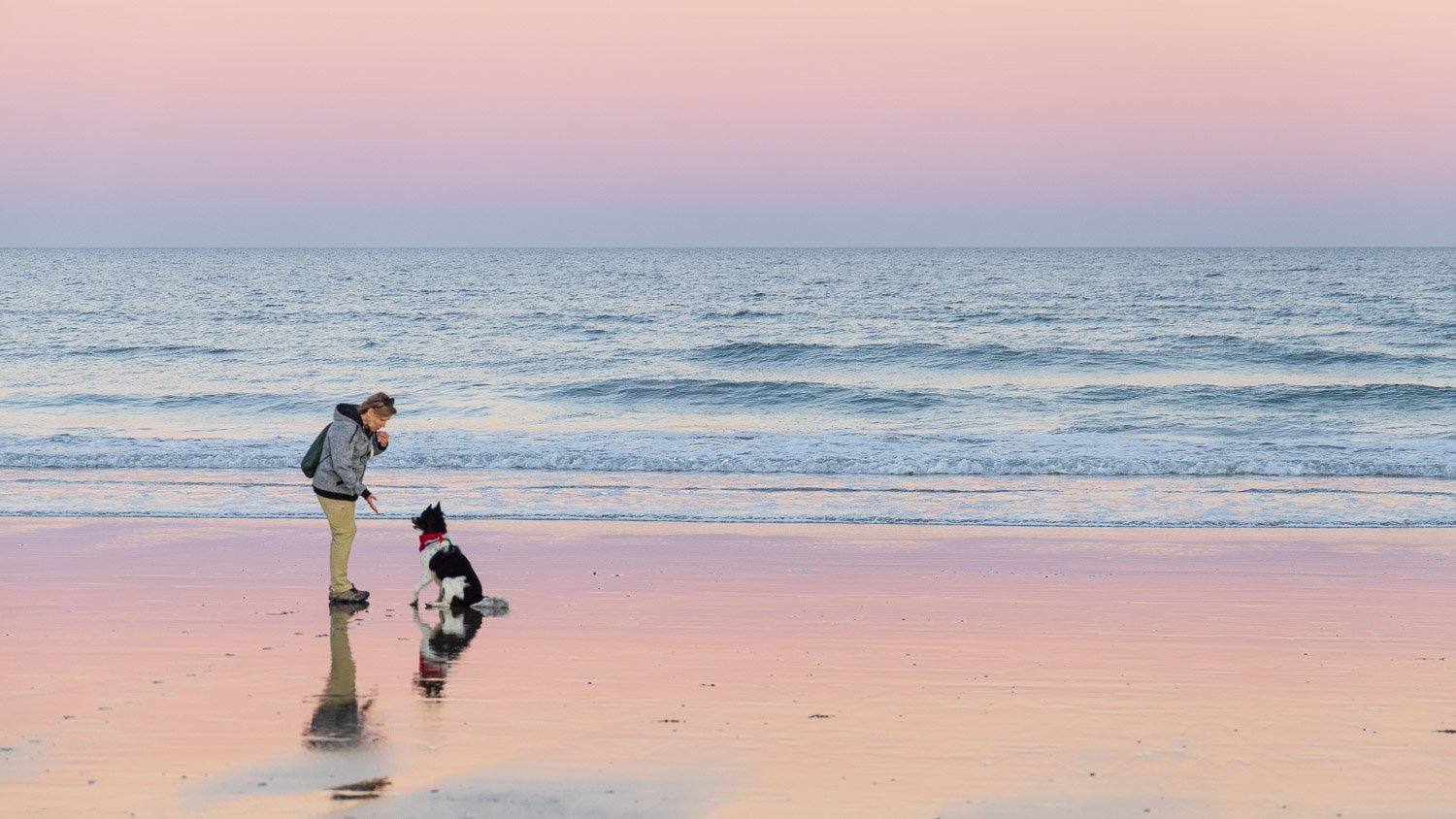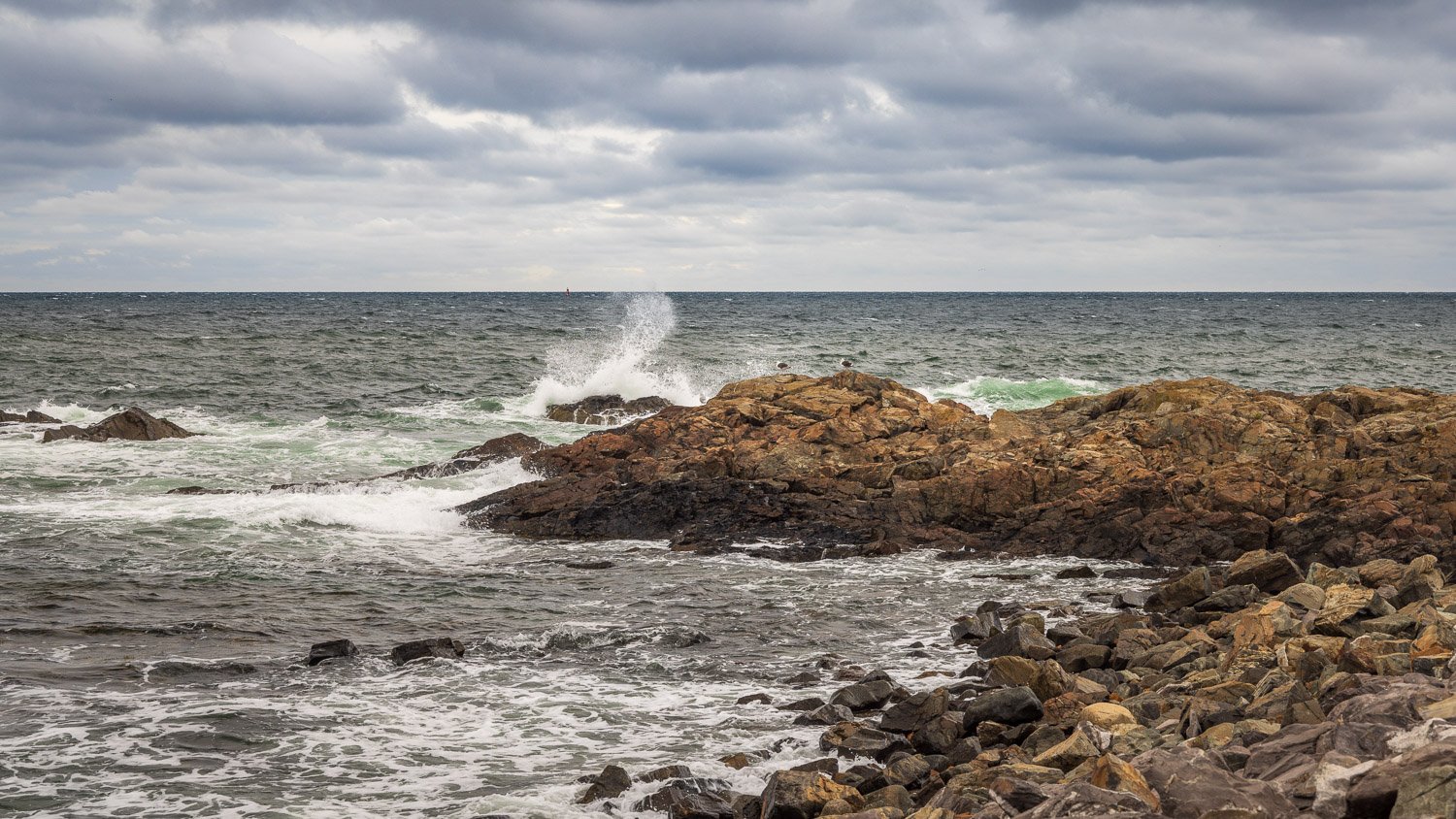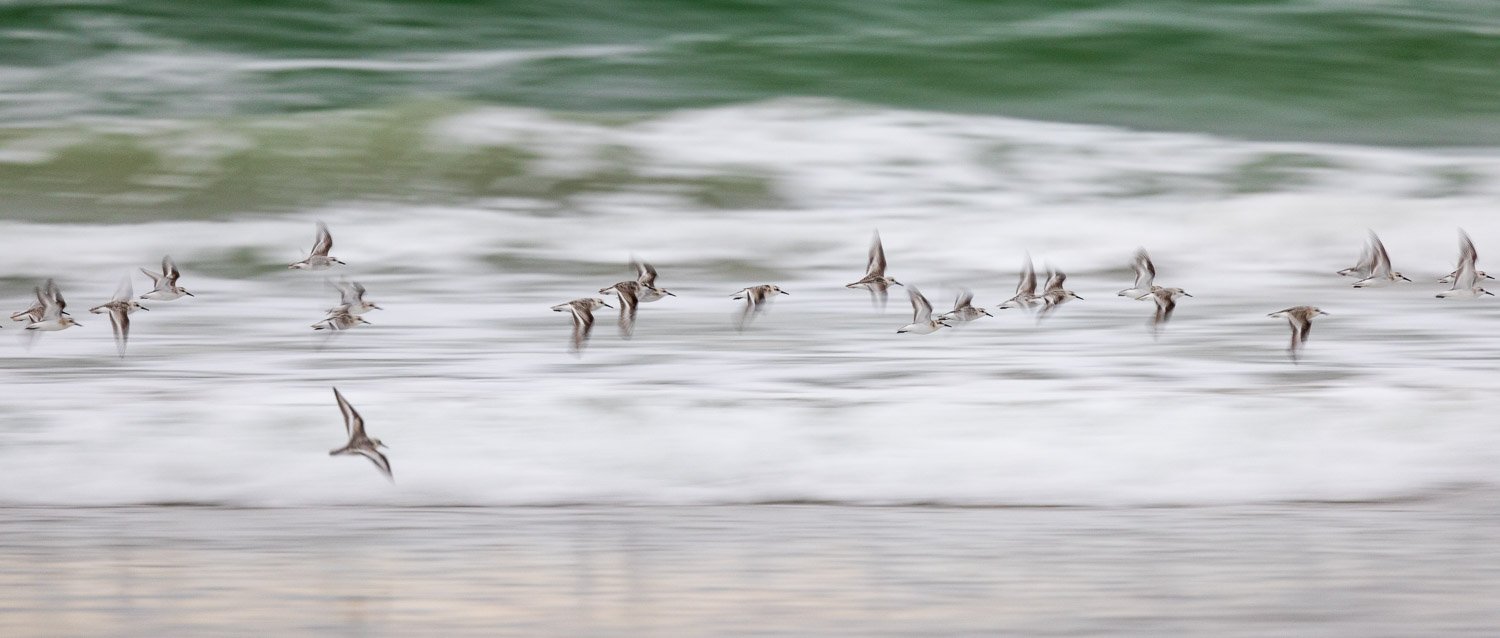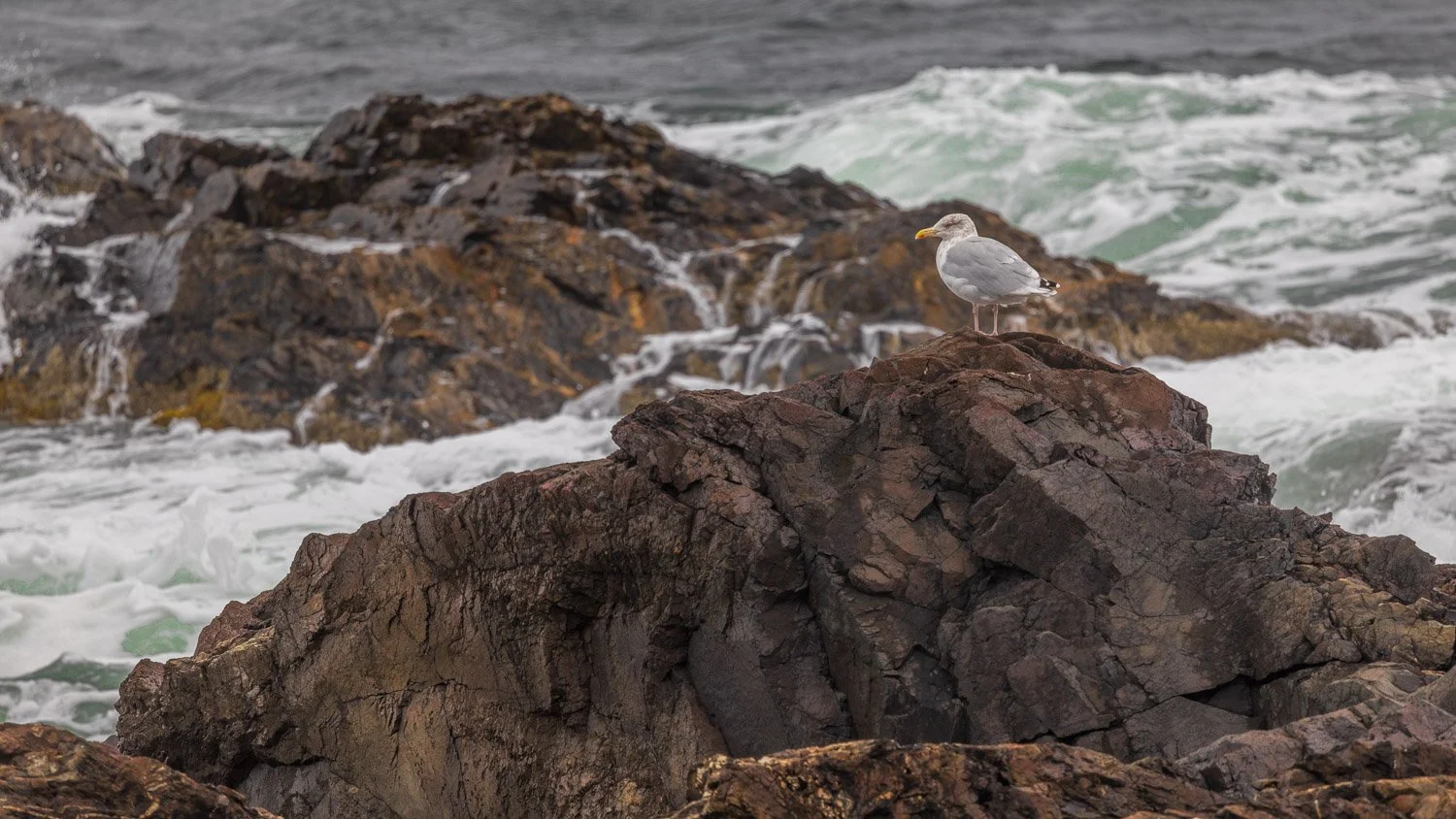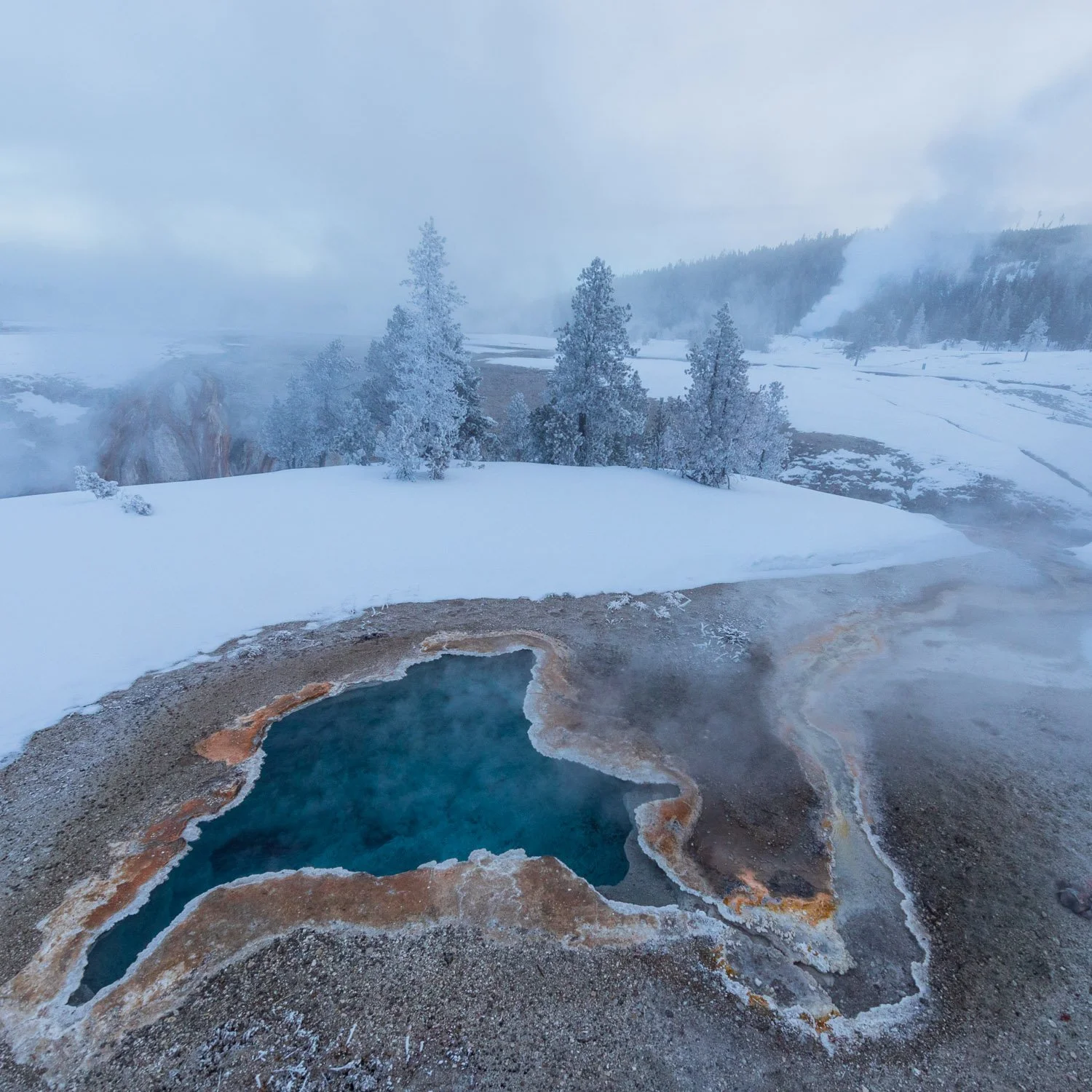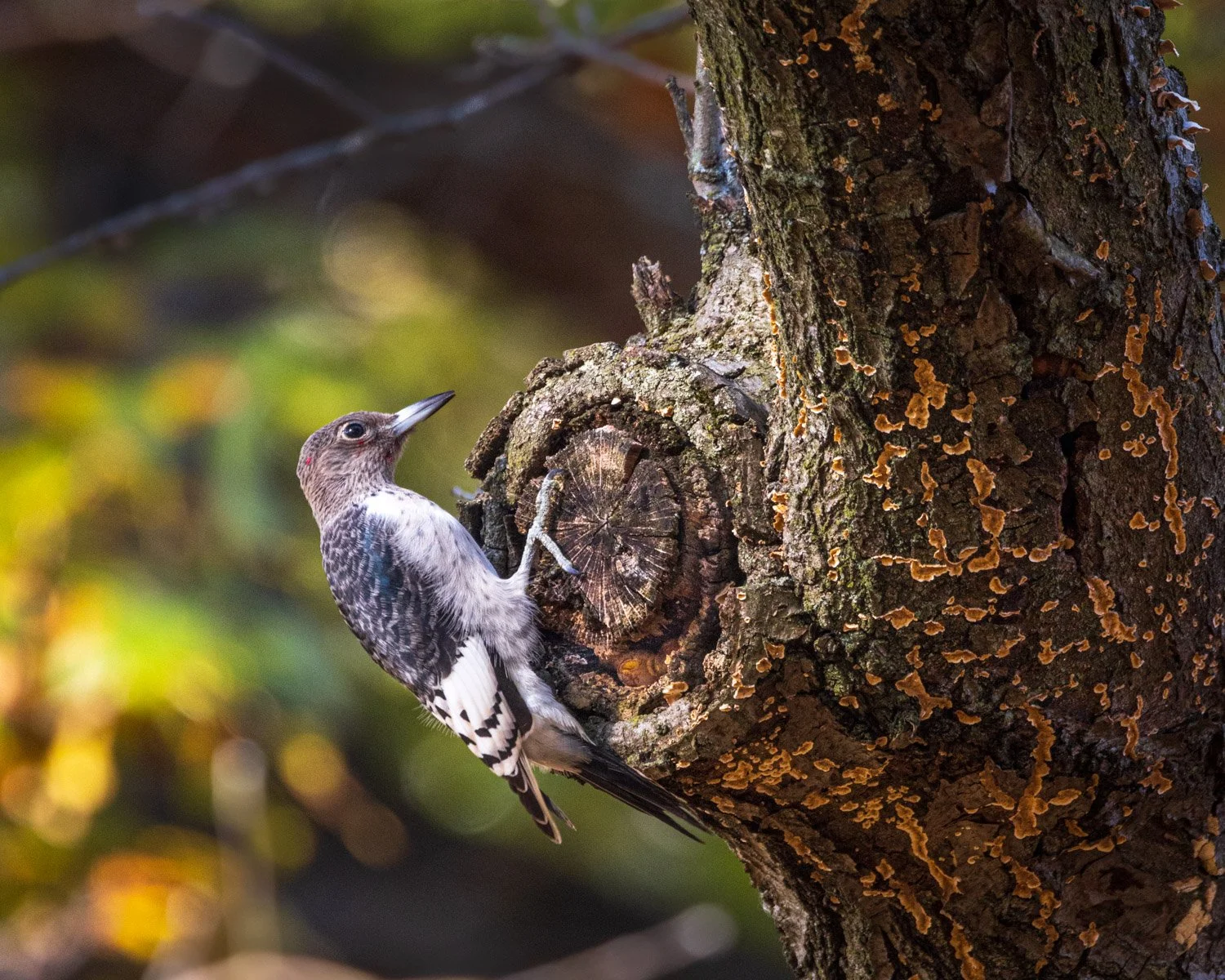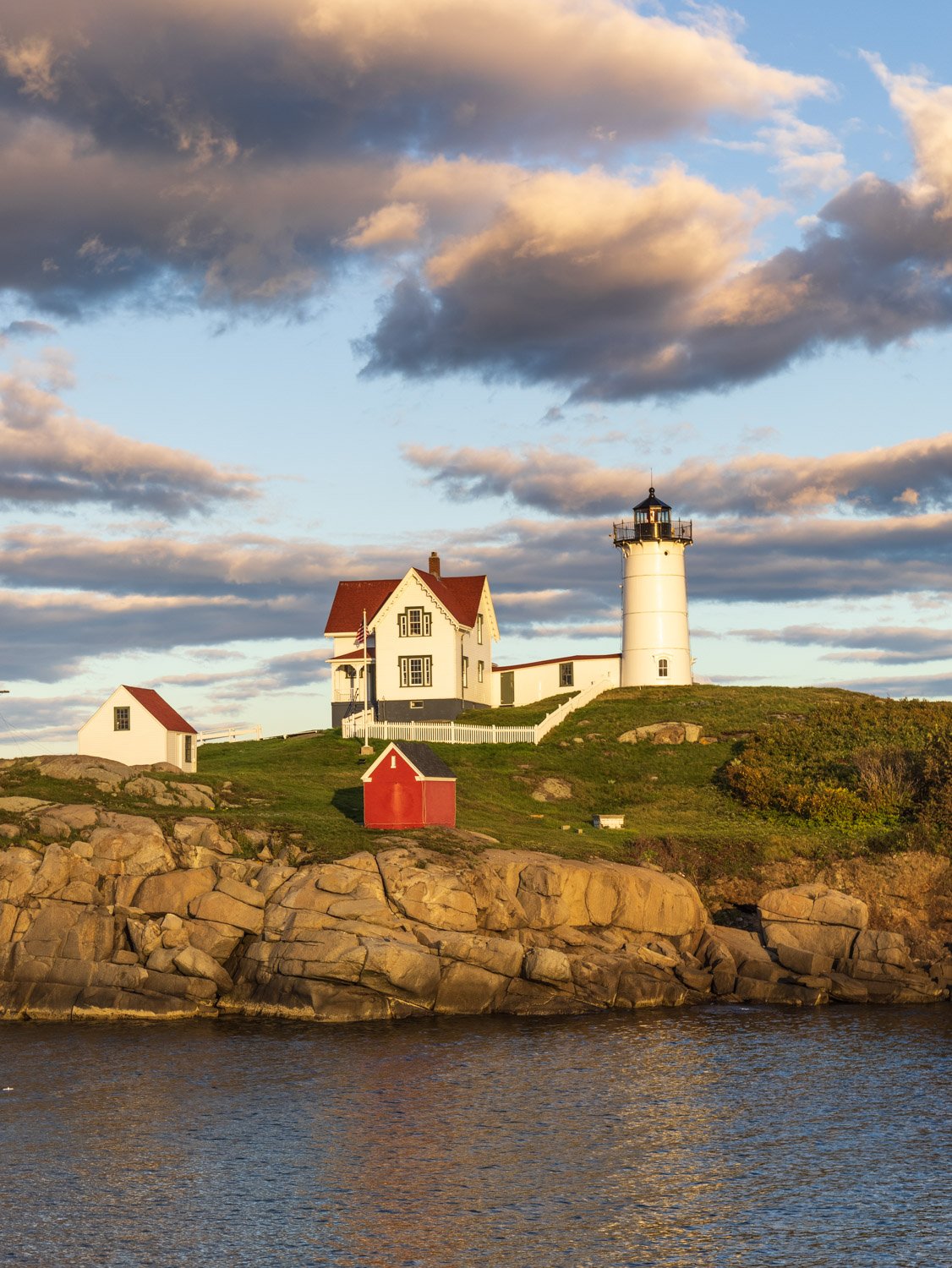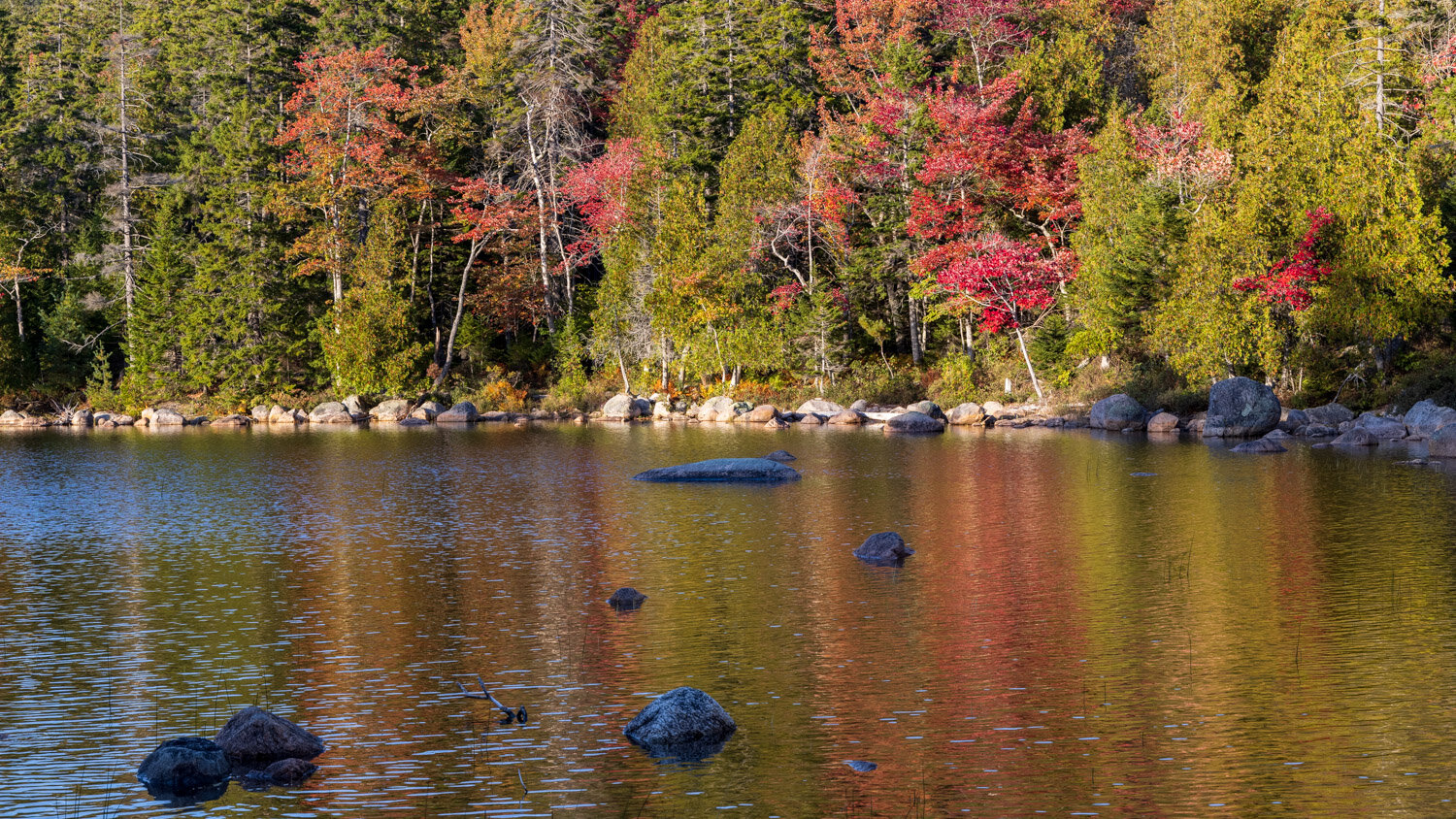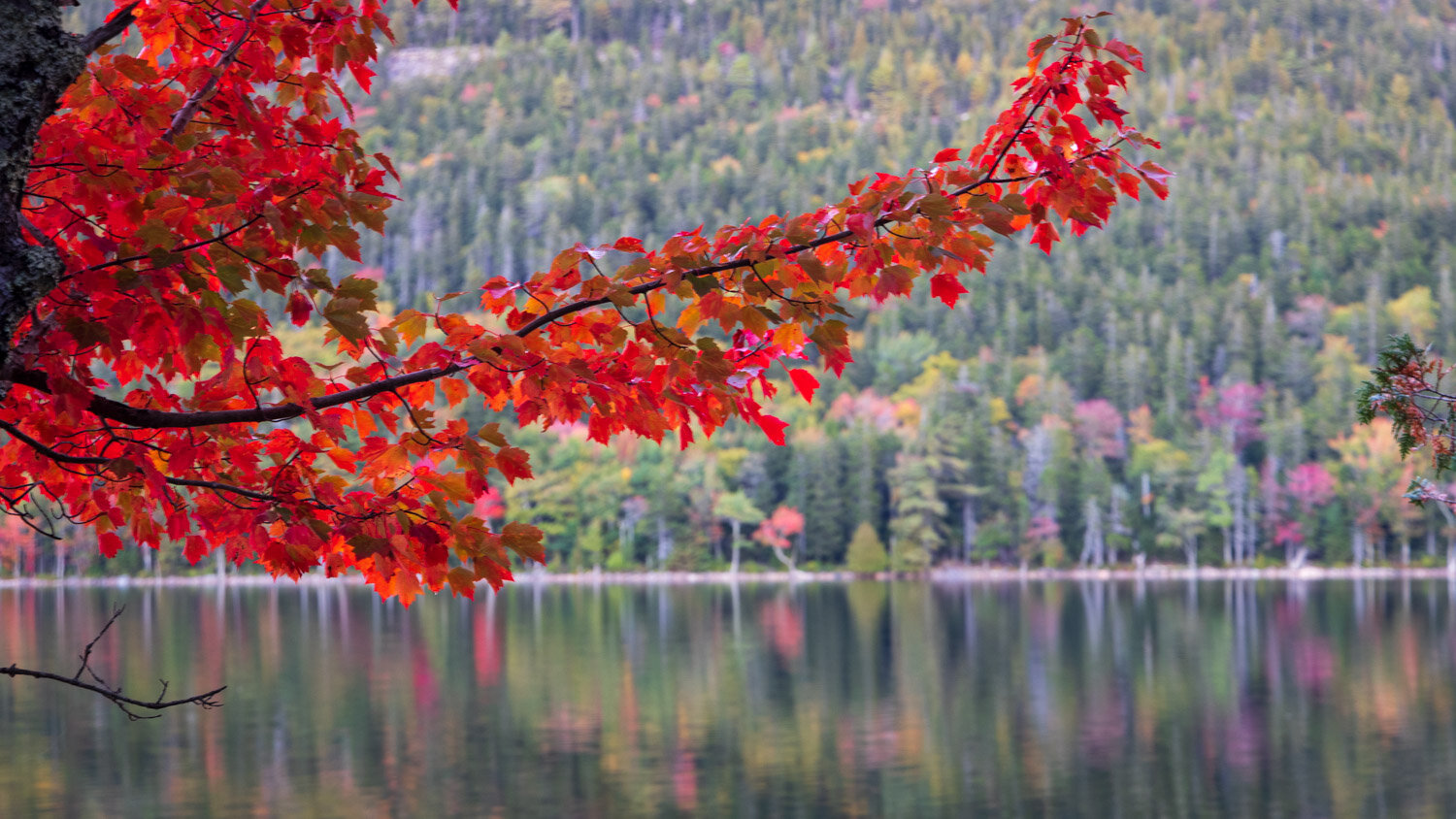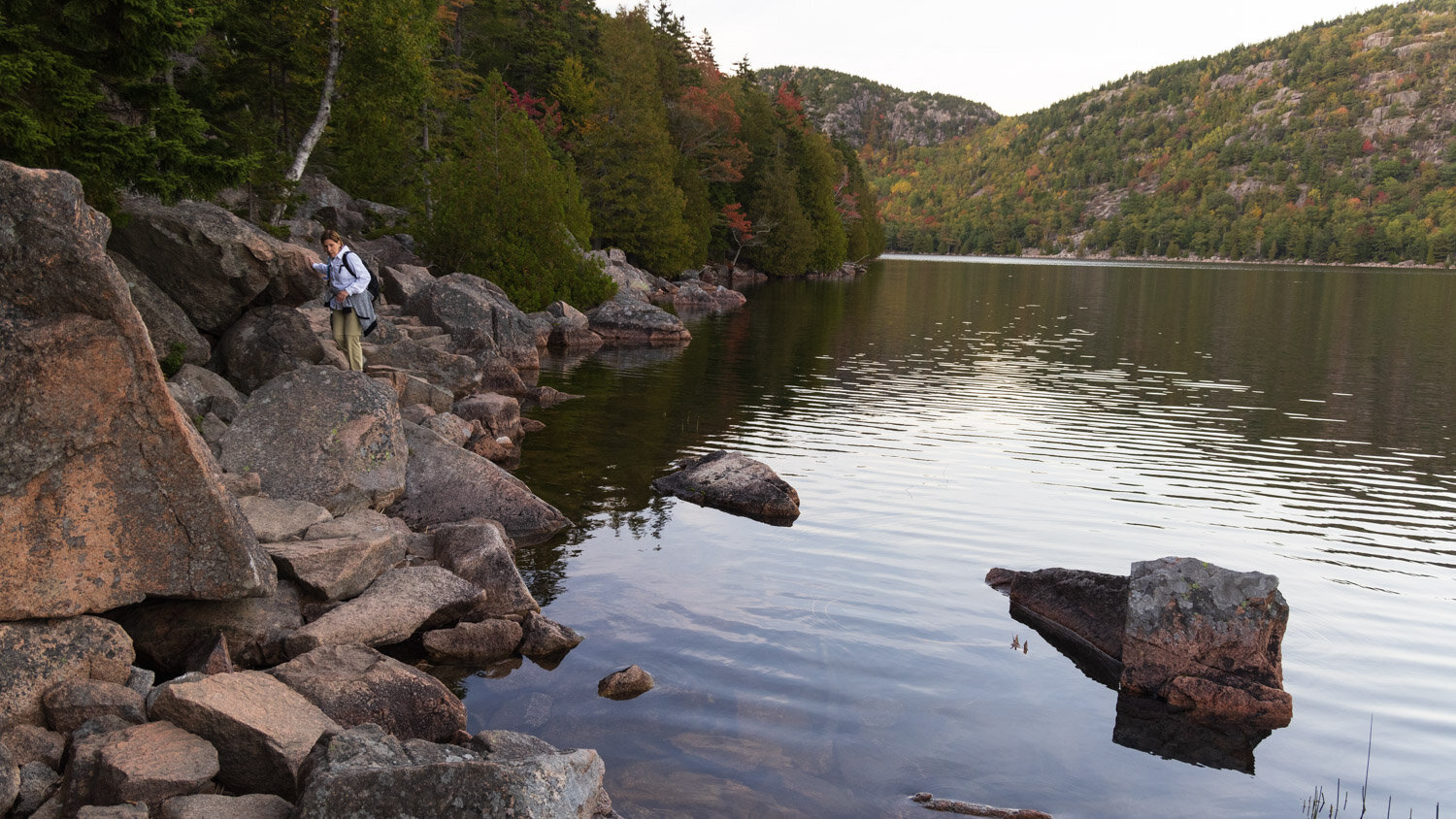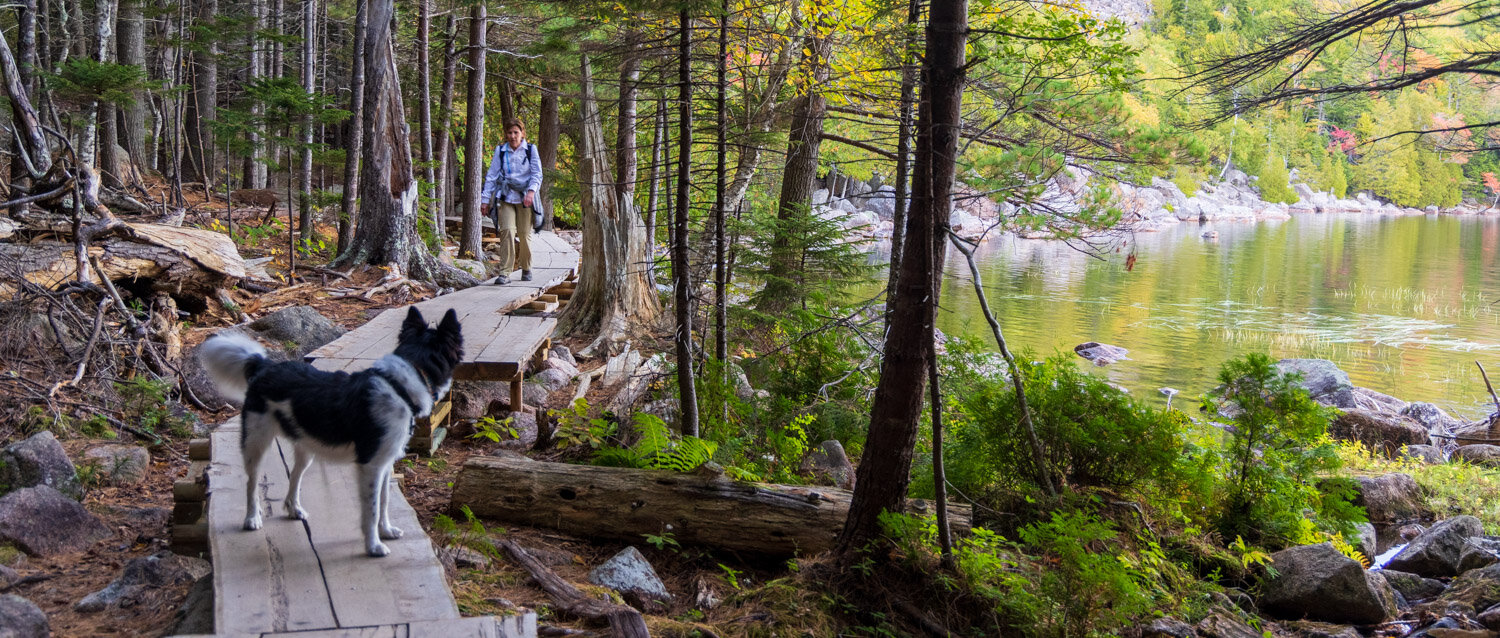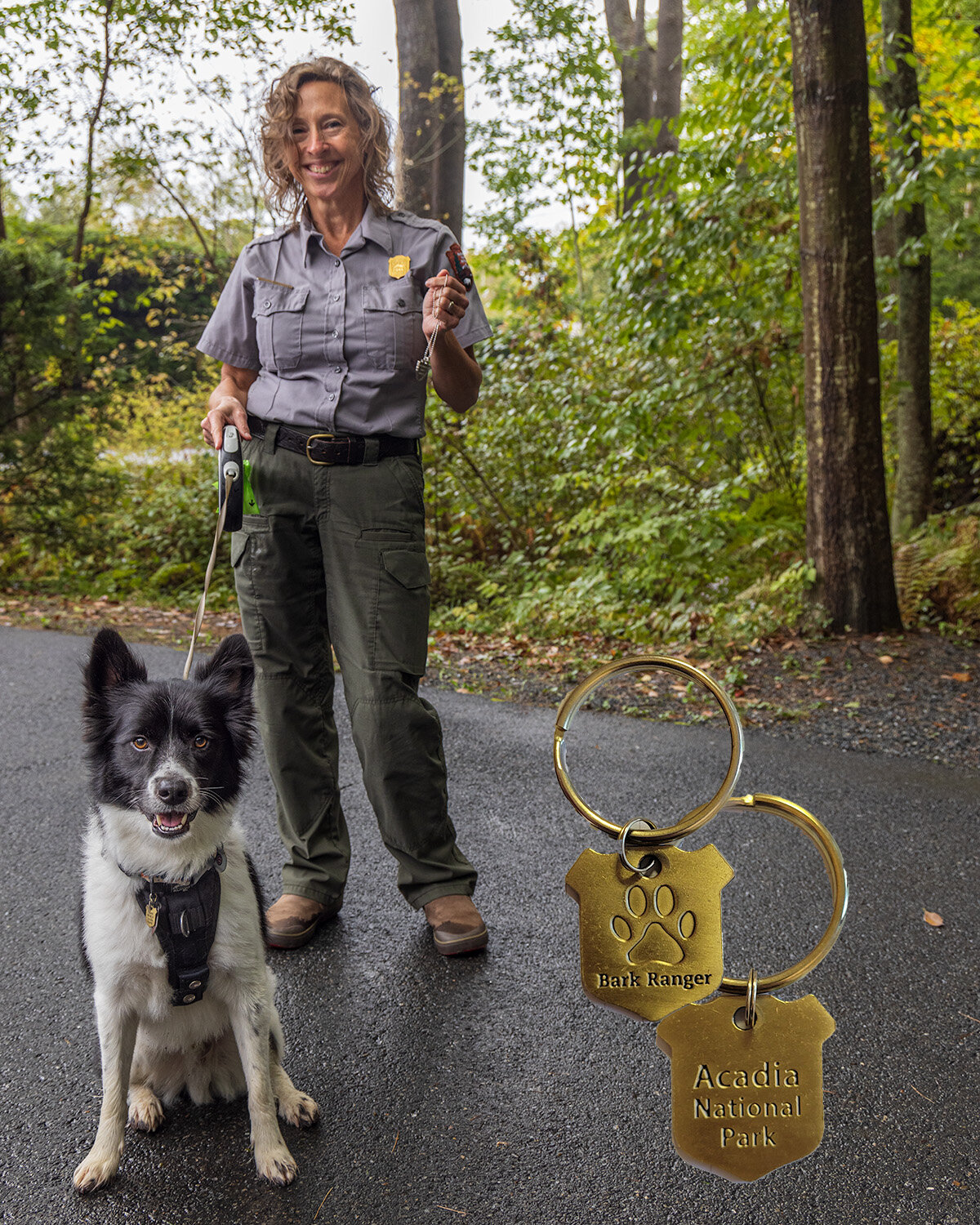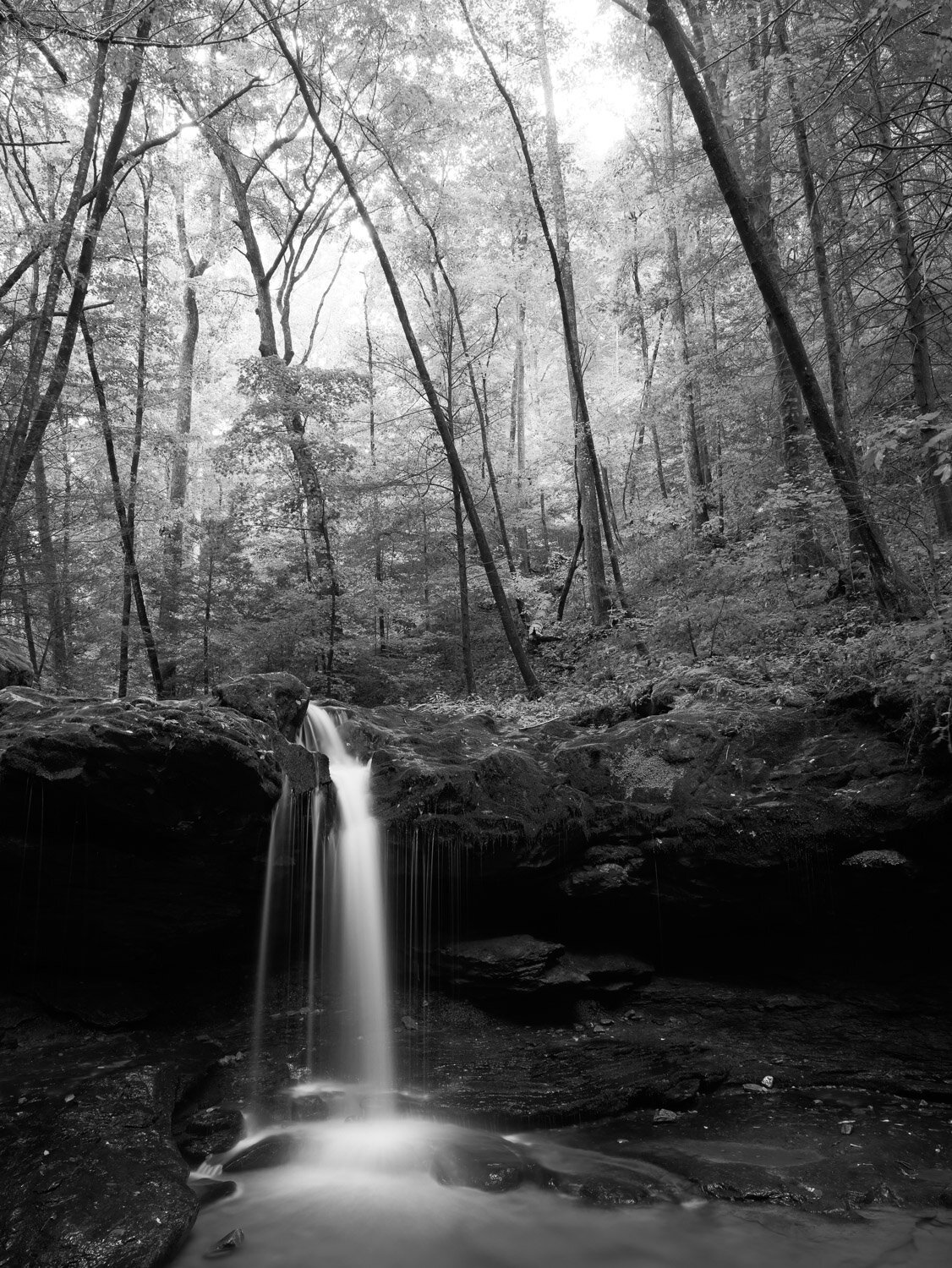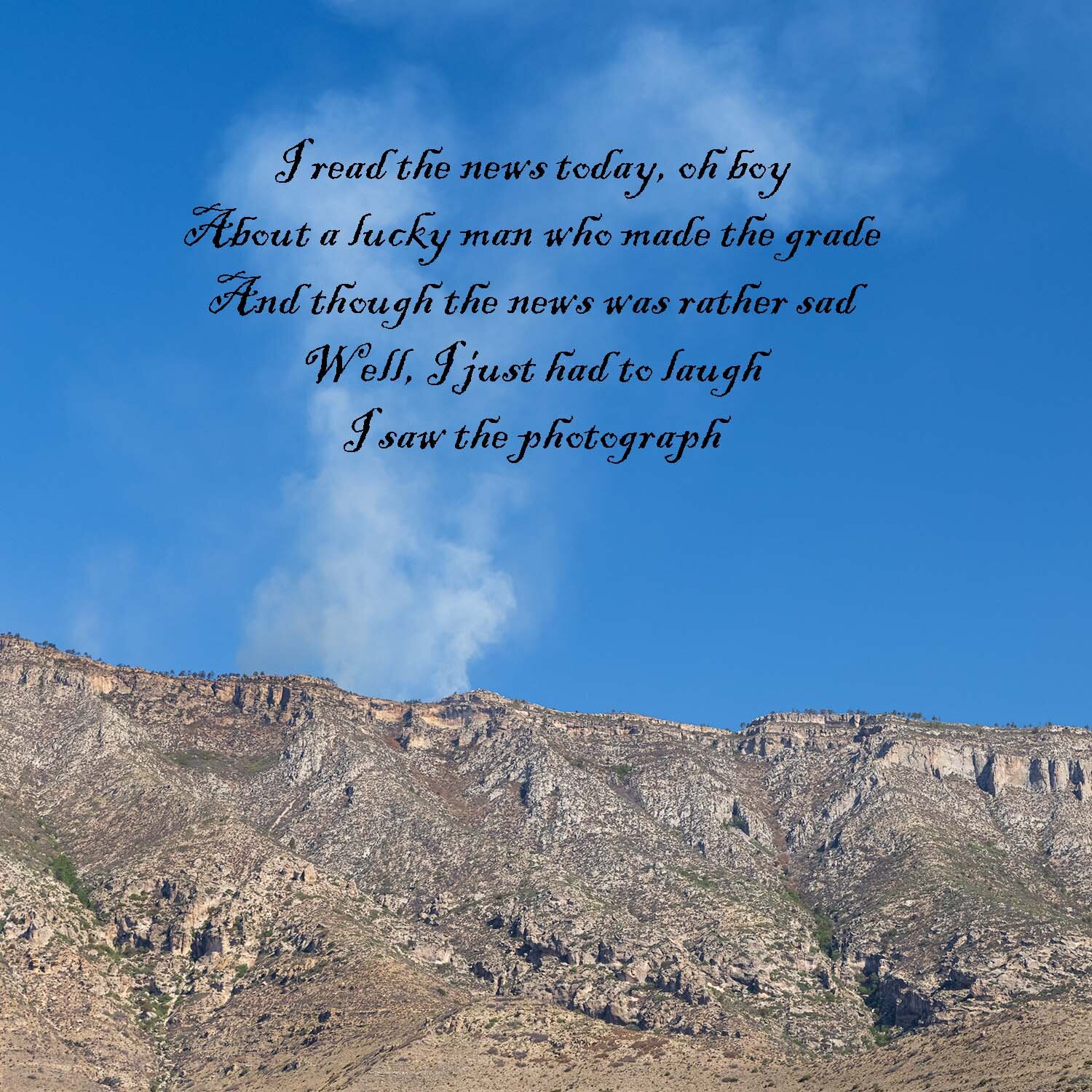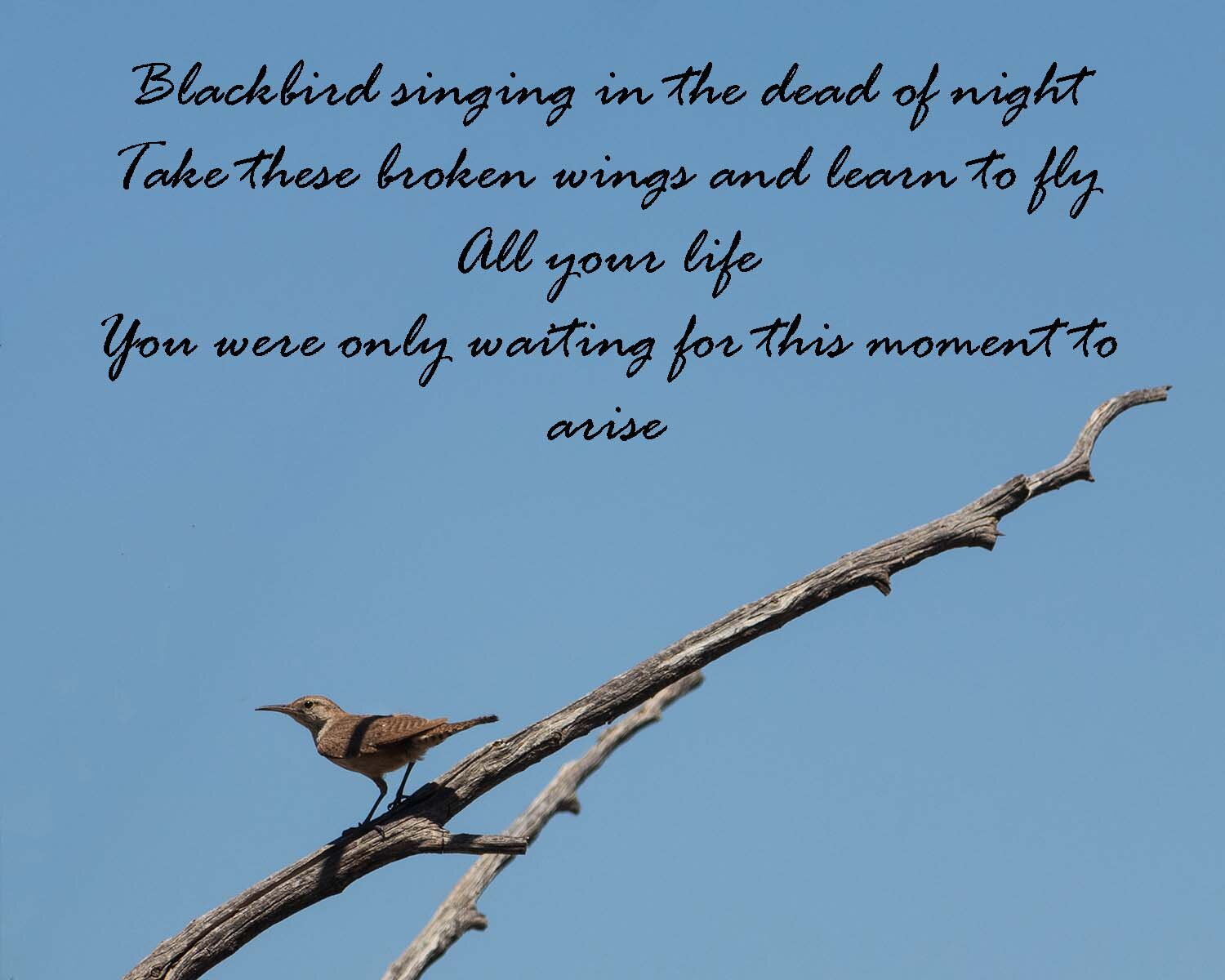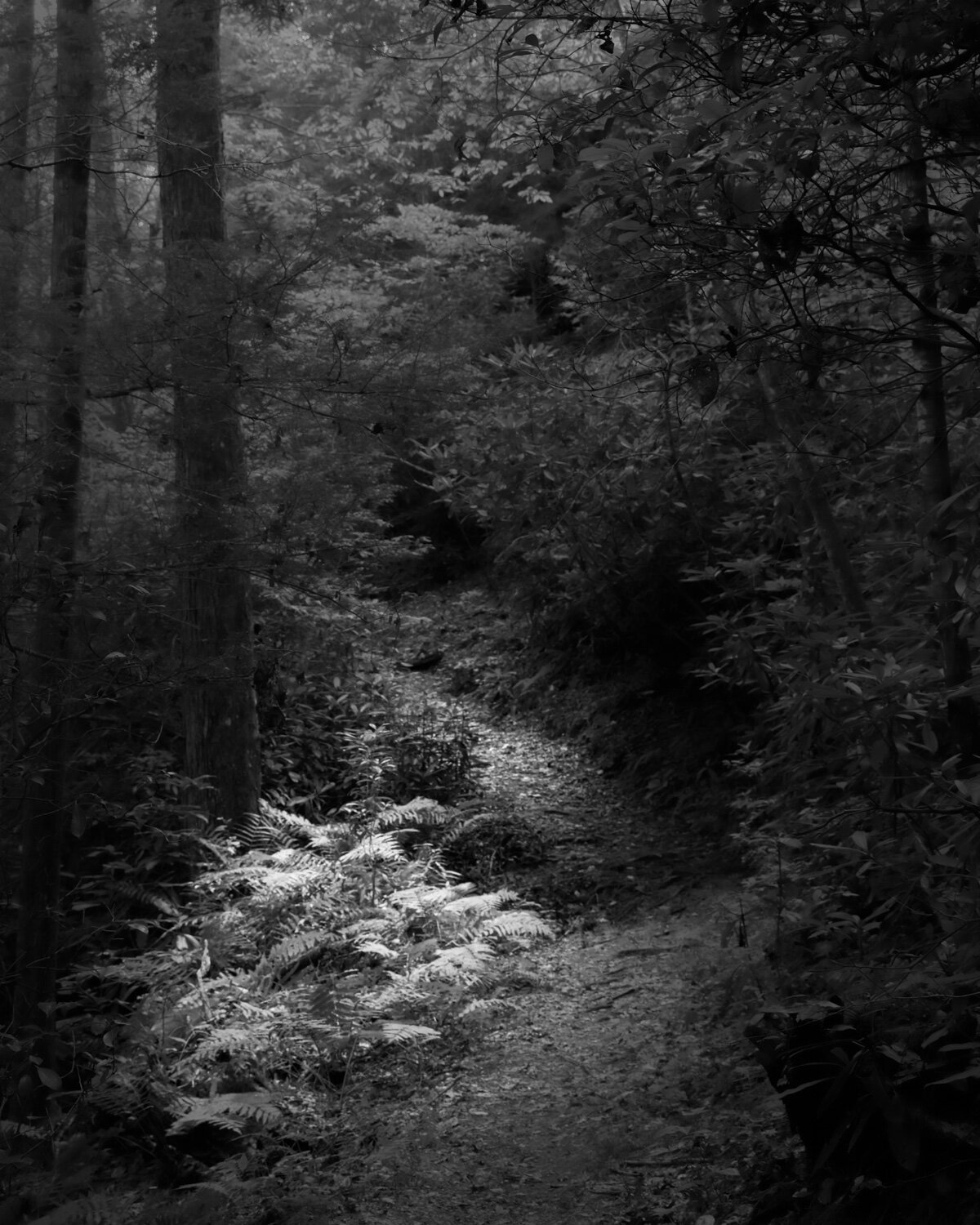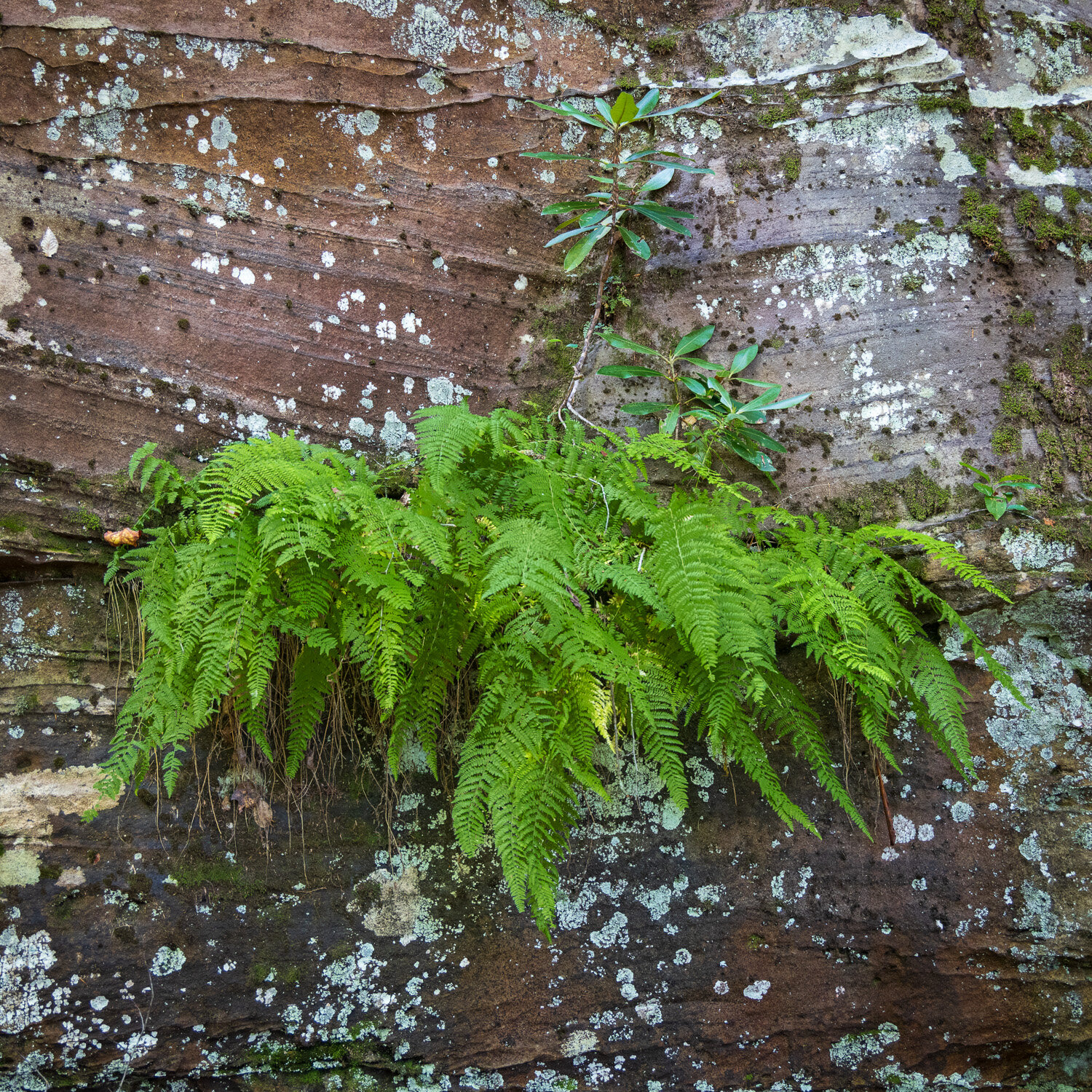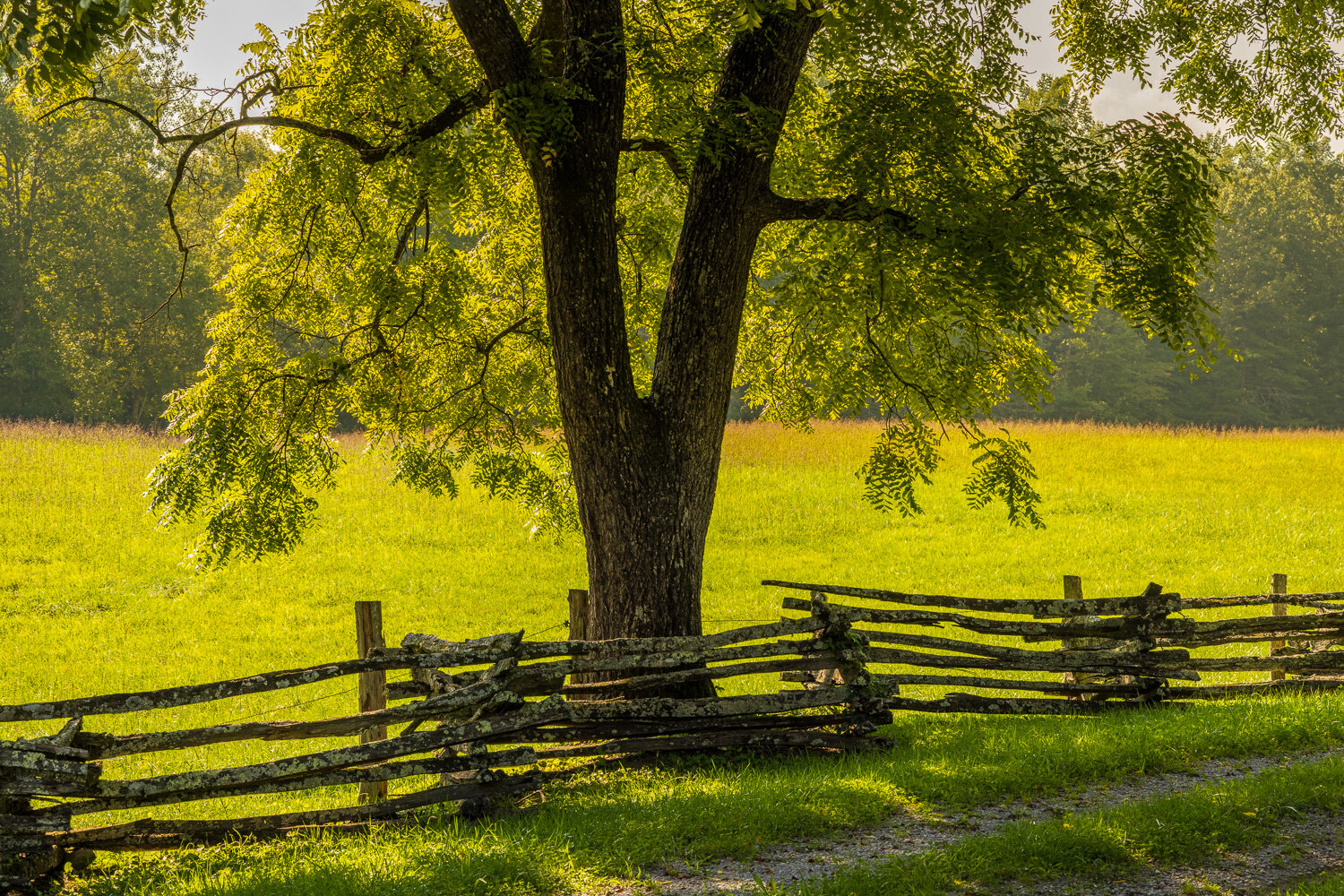Winter walks at nearby parks while the snow is falling.
Mayslake Forest Preserve was originally the estate of coal baron Francis Peabody. In 1922, a year after completion of the Tudor mansion there, he died of a heart attack on a fox hunt on the property. The family sold the estate to the Franciscans who made the property a retreat center. DuPage County purchased the property in 1992. We frequently attend plays in the old mansion, enjoy the dog park, and walk the trails through the woods and prairie. The Franciscans had a Way of the Cross wind through the property, and many of the crosses are still found through the grounds.
I chatted with a volunteer this fall gathering prairie plant seeds. In the 30 years the county has owned the property, the diversity of the prairie has exploded. While the plants show off through the spring to fall, a few stark remnants remain in winter.
Or you can simply take a chance to run in the snow.














